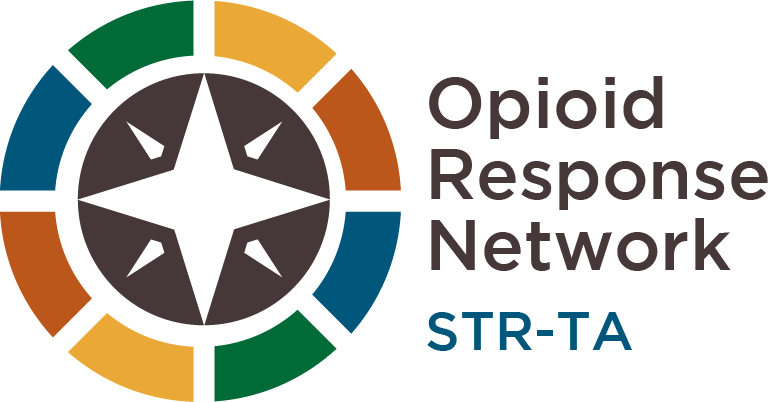Acknowledgments
MAP - Managing Acute Pain in the ED
Developed by members of the American College of Emergency Physicians’ Pain Management and Addiction Medicine (PMAM) Section and the Emergency Medicine Practice Committee.
Contributors:
Alexis M. LaPietra, DO, FACEP, Reviewer, Editor
Caleb Canders, MD, Forearm Nerve Blocks, Posterior Tibial Nerve Blocks, Intra-articular Posterior Shoulder Injections for Shoulder Dislocation
Maria Conradt, MD, MS, Intra-articular Posterior Shoulder Injections for Shoulder Dislocation
Andrea Dewing, MD, Posterior Tibial Nerve Blocks
Daniel Freess, MD, FACEP, Trigger Point Injection
John Hipskind, MD, FACEP, Ketamine for Acute Pain
James Jiang, MD, Forearm Nerve Blocks
Maureen McCollough MD, FACEP Forearm Nerve Blocks, Posterior Tibial Nerve Blocks, Intra-articular Posterior Shoulder Injections for Shoulder Dislocation, Sphenopalatine ganglion block for treatment of migraine and other primary headaches
Evan Schwarz, MD, FACEP, Ketamine for Chronic, non-cancer pain
Adelaide Viguri, DO, Nitrous Oxide
ACEP Staff
Marta Foster
Ram Khatri
Margaret Montgomery
Sandy Schneider
Funding for this initiative was made possible (in part) by grant no. 6H79TI080816 from SAMHSA. The views expressed in written conference materials or publications and by speakers and moderators do not necessarily reflect the official policies of the Department of Health and Human Services; nor does mention of trade names, commercial practices, or organizations imply endorsement by the U.S. Government.
Publisher’s Notice
The American College of Emergency Physicians (ACEP) makes every effort to ensure that contributors and editors of its resources are knowledgeable subject matter experts and that they used their best efforts to ensure accuracy of the content. However, it is the responsibility of each user to personally evaluate the content and judge its suitability for use in his or her medical practice in the care of a particular patient. Users are advised that the statements and opinions expressed in this resource are provided as recommendations of the contributors and editors at the time of publication and should not be construed as official College policy. ACEP acknowledges that, as new medical knowledge emerges, best practice recommendations can change faster than published content can be updated. ACEP recognizes the complexity of emergency medicine and makes no representation that this resource serves as an authoritative resource for the prevention, diagnosis, treatment, or intervention for any medical condition, nor should it be used as the basis for the definition of or the standard of care that should be practiced by all health care providers at any particular time or place. To the fullest extent permitted by law, and without limitation, ACEP expressly disclaims all liability for errors or omissions contained within this resource, and for damages of any kind or nature, arising out of use, reference to, reliance on, or performance of such information.
Copyright 2018, American College of Emergency Physicians, Dallas, Texas. All rights reserved. Produced in the United States of America. Except as permitted under the United States Copyright Act of 1976, no part of this resource may be reproduced or distributed in any form or by any means or stored in a database or retrieval system without prior written permission of the publisher.
Requests for permission should be sent here.




